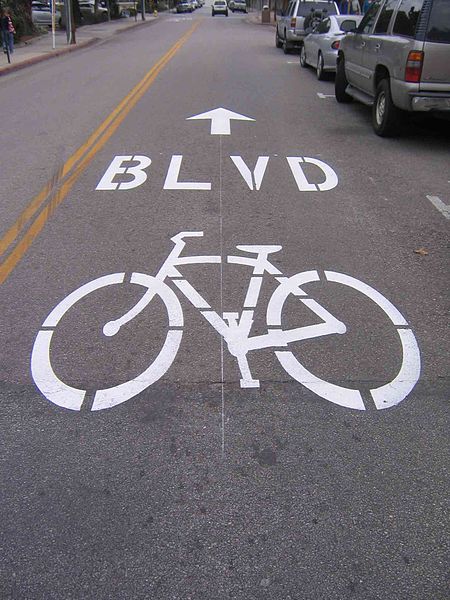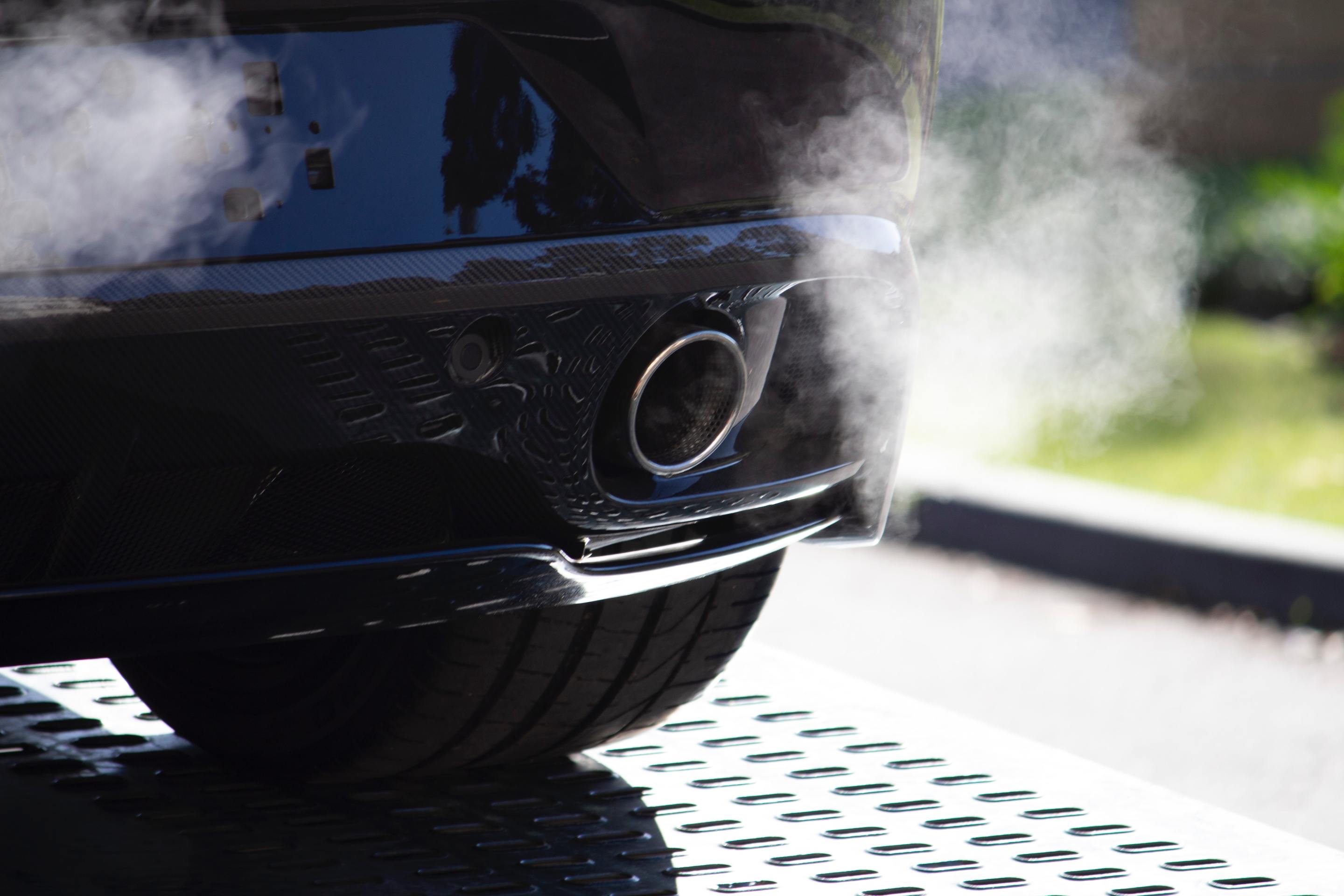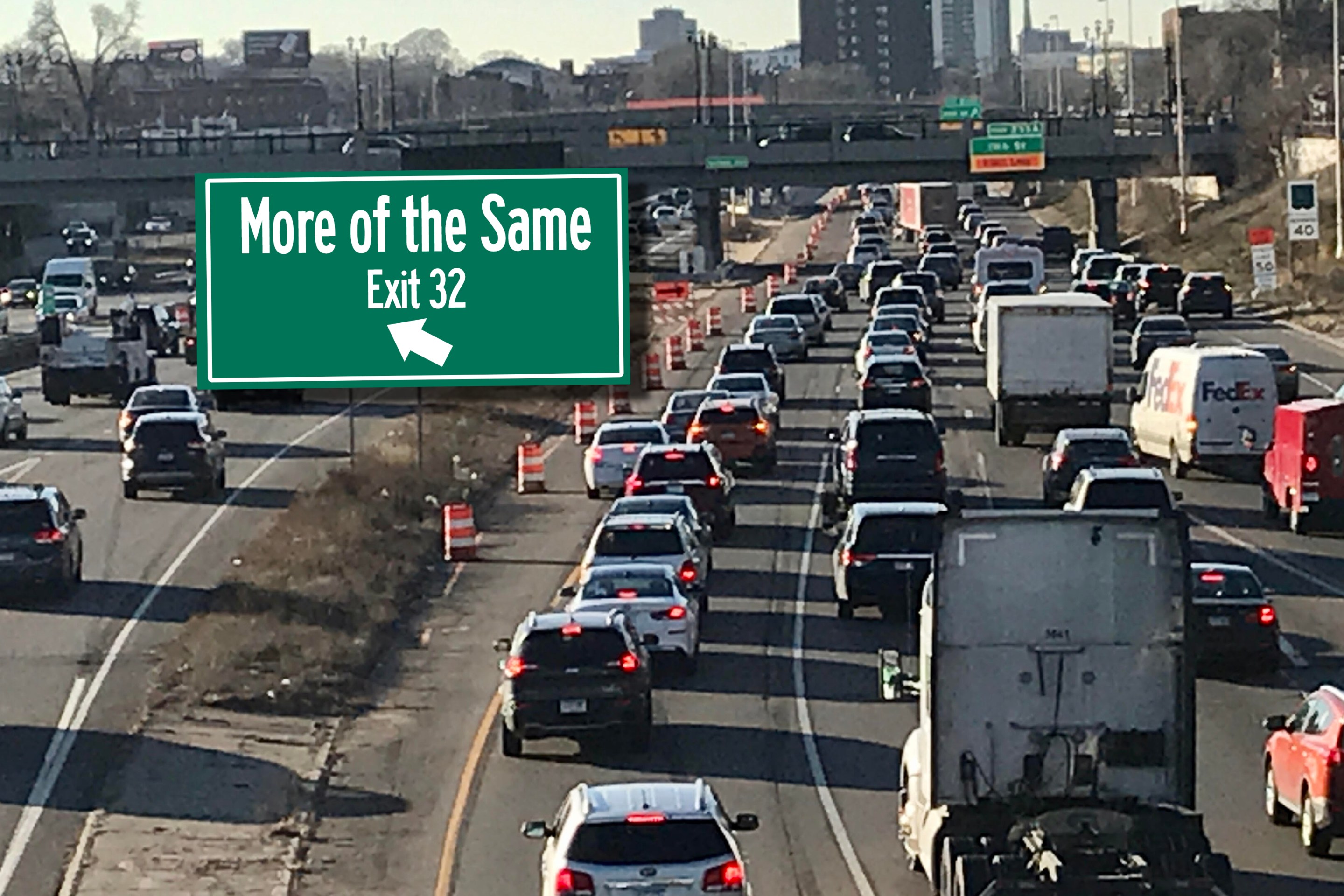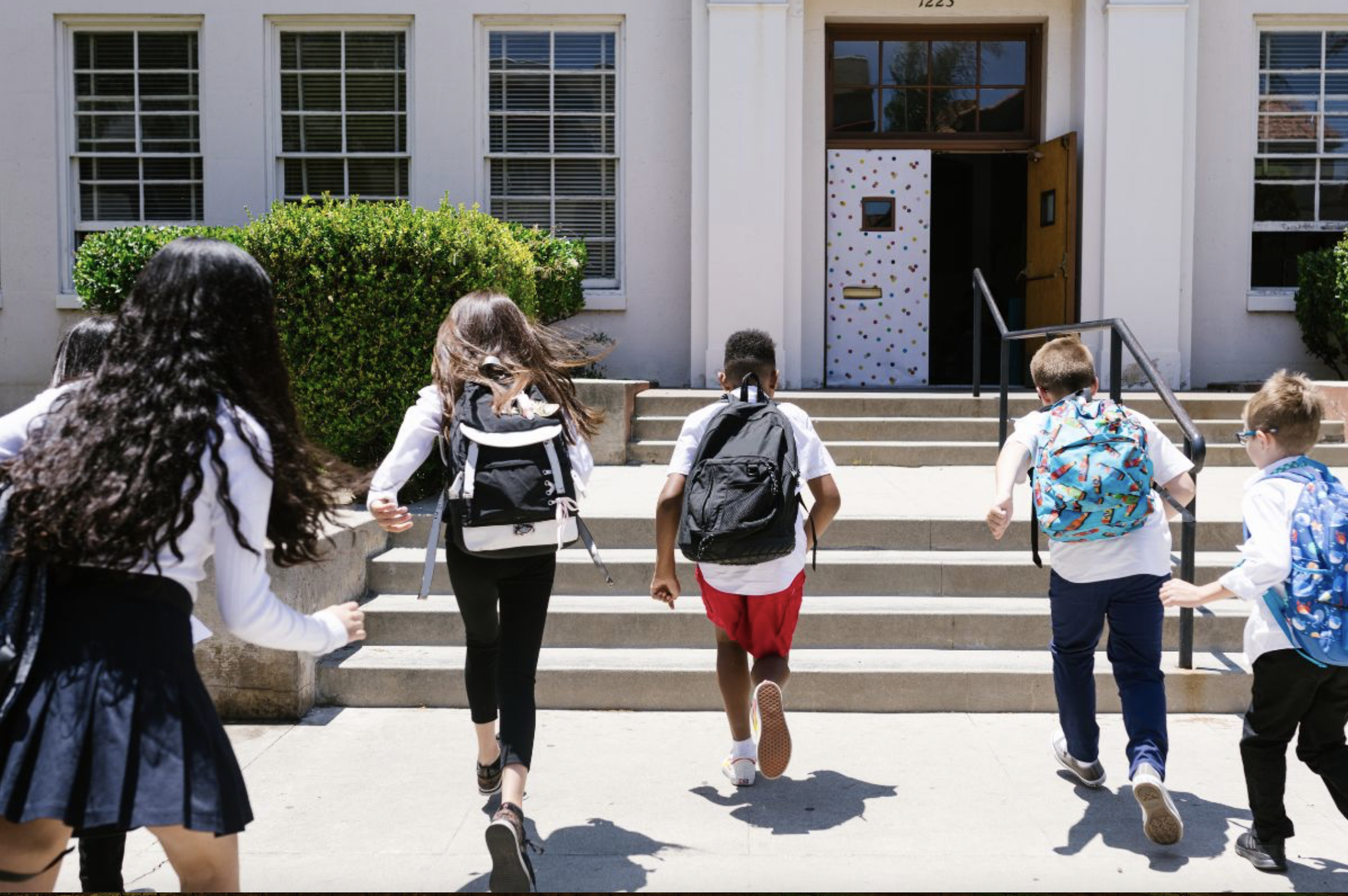
The fresh air and physical activity that come with cycling are great for your health. But for urban cyclists, one downside is that it comes with a potentially harmful dose of air pollution.
For years, studies have examined how cyclists and pedestrians are affected by air pollution in urban areas. According to Portland State University researcher Alex Bigazzi, who recently completed a literature review of dozens of studies on the issue, results have been all over the map when it comes to who experiences the most pollution -- drivers, pedestrians, cyclists, or even transit riders. But when you account for the fact that bicyclists are exercising, and therefore inhaling two to five times as much air, Bigazzi says it's pretty clear cyclists are absorbing more toxic chemicals.
A new pair of research studies point to a possible solution. Studies from Portland State University and Harvard found that cyclists are exposed to less pollution when they are provided with facilities that help separate them from cars.
Using bike trailers outfitted with equipment to measure air quality, Harvard researchers recently examined different pollution levels in the Boston area on three types of bicycling facilities: on-street bike lanes, shared bike-bus lanes, and off-road bike paths running parallel to roads (side paths). They found that cyclists who traveled on side paths separated from traffic by grass or trees inhaled 33 percent less harmful emissions, compared to those who rode on on-street bike lanes.
Meanwhile, a team of researchers at Portland State University compared pollution outcomes for cyclists traveling on major arterials and cyclists traveling along bike boulevards -- low-traffic, neighborhood streets that are designed to prioritize bike traffic. In the study, subjects riding on both types of facilities were asked to exhale into a respirator bag. Their breath was then analyzed in a lab. They found cyclists riding on bike boulevards inhaled 19 to 45 percent fewer pollutants.
Bigazzi, who was also a lead author on the Portland study, says his research helps make the case for separate facilities for cyclists.
"There are specific things we can do to reduce the pollution risks while maintaining the health benefits," she said. "And that’s specifically separating bicyclists from cars."





